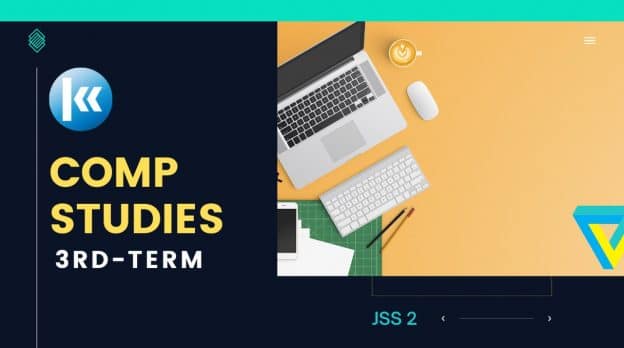
Course Content
Expand All
Lesson Content
0% Complete
0/3 Steps
Lesson Content
0% Complete
0/3 Steps
Lesson Content
0% Complete
0/8 Steps
Preview this Course

Not Enrolled
This course is currently closed
Course Includes
- 6 Lessons
- 29 Topics
- 6 Quizzes
Recent Comments
Uzomaka Simon on Benefits of Self-reliance: “I had fun” Apr 19, 01:59
idayat on Causes of Electoral Malpractices: “I really love the explanation , it was super helpful” Apr 16, 12:20
Login
Accessing this course requires a login. Please enter your credentials below!


